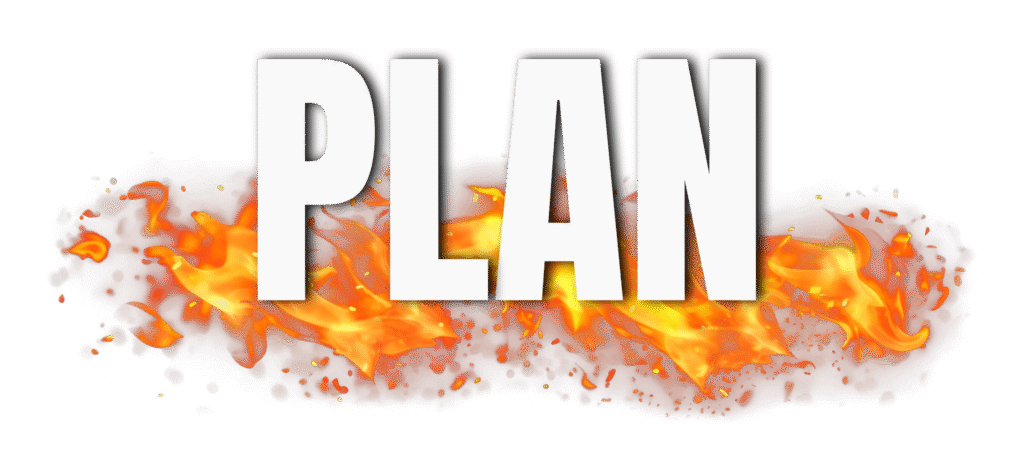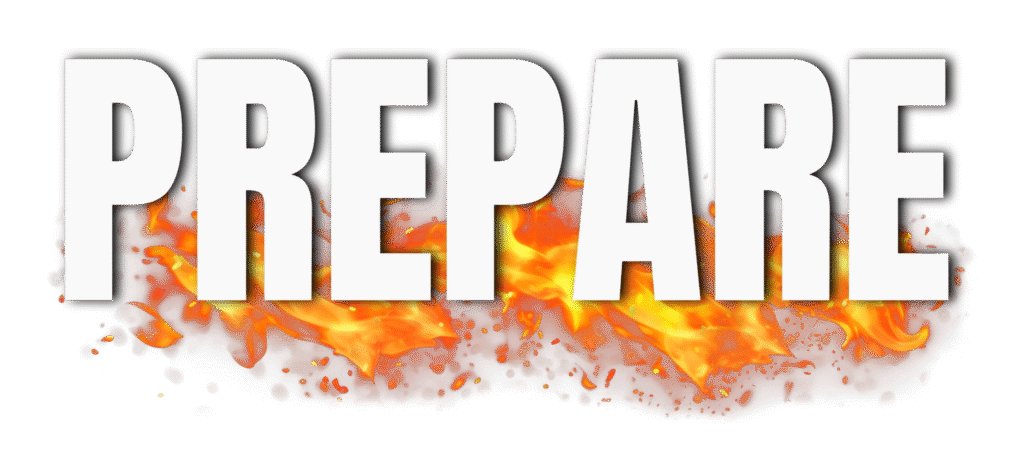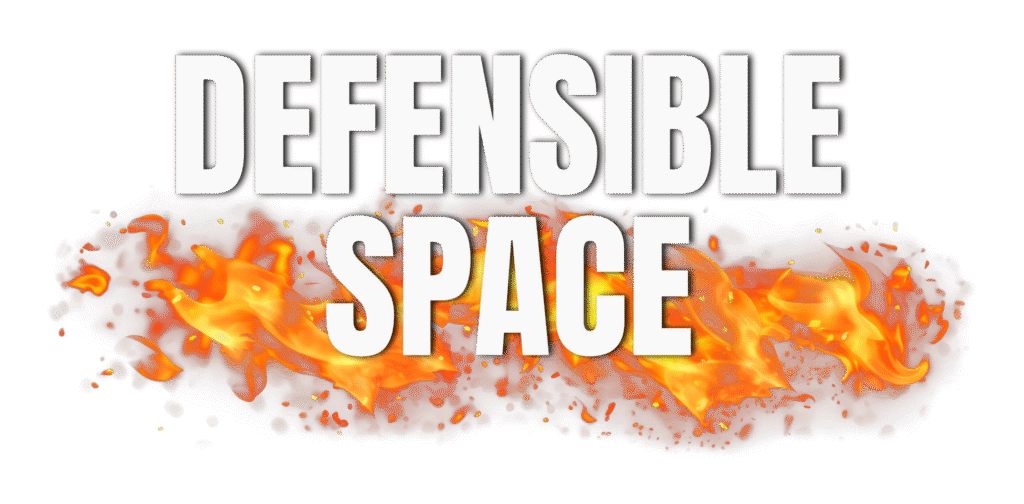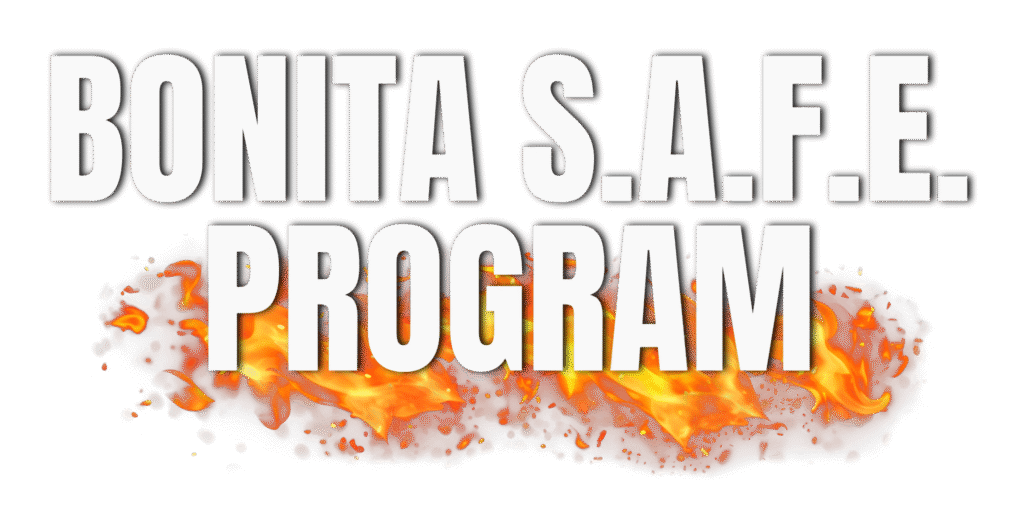Wildland fires are unfortunately a common occurrence in San Diego County. It is imperative that steps are taken now to prepare yourself and your home to help mitigate risk in the event of such disaster. The actions you take today will help to protect what you value most.
- Establish a predetermined meeting point outside of the hazard zone
- Evaluate all potential evacuation routes from your area to the safe zone
- Ensure that any pets or larger animals are factored into your evacuation plan
- Form a backup communication plan in the event phone networks go down
- Create a list of what items to would take with you in case of evacuation
- Have a video record of the possessions in your home for insurance purposes
- Register your phone number with Alert San Diego for emergency notifications:
https://www.alertsandiego.org/en-us/preparedness/alertsandiego.html - Download ‘Genasys Protect’ app, the official San Diego County app, for local alerts, evacuation orders, and safety routes
- Build a “Go-Bag”, equipped with essentials, such as:
- Snacks and water
- Change of clothes
- Copies of important documents
- Necessary medications
- Hearing aids and glasses
- Care items for pets
- Your planned list of items to take with you (if time permits)
- Create a defensible space for your home
ZONE ZERO
Also known as the Ember-Resistant Zone, is the area from 0-5 feet from your home. During wildland fire event, firebrands are carried through the air and often settle against structures where they can ignite combustible materials and cause a fire large enough to threaten the home. Research has shown that structures with an effective Zone Zero are more likely to survive a fire. See an example here:
What you can do:
- Eliminate plants, mulch, bark, and compost in this zone
- Replace with noncombustible material such as rock, pavers, cement, or gravel
- Clear vegetation and items that could ignite on and under decks
- Ensure fencing within this zone is noncombustible
ZONE ONE
This is the area 5-50 feet away from your home. Maintaining vegetation in this zone helps reduce the risk of wildfire spreading to your home by minimizing the fuel sources. Think, Lean, Clean, and Green.
What you can do:
- Utilize low-growing, drought-tolerant, fire-resistive vegetation (6”-18” in height)
- Trim trees and shrubs off the ground and prune regularly to remove any dead branches
- Remove all dead vegetation, seasonal weeds, and leaf-litter
- Reduce dense vegetation alongside the driveways
- Keep firewood piles a minimum of 30’ from the home and away from tree canopies
ZONE TWO
This zone is measured 50-100 feet from your home and is sometimes called the Fuel-Reduction Zone. Maintenance in this zone is designed to slow wildfire spread through the selective elimination of fuels as it nears the home.
What you can do:
- Maintain horizontal spacing between shrubs or tree canopies
- Create vertical space between shrubs and tree canopies above to eliminate ladder fuels
- Limb up plants, shrubs, and trees 1/3 of their total height off the ground
- Remove all dead vegetation, seasonal weeds, and leaf-litter
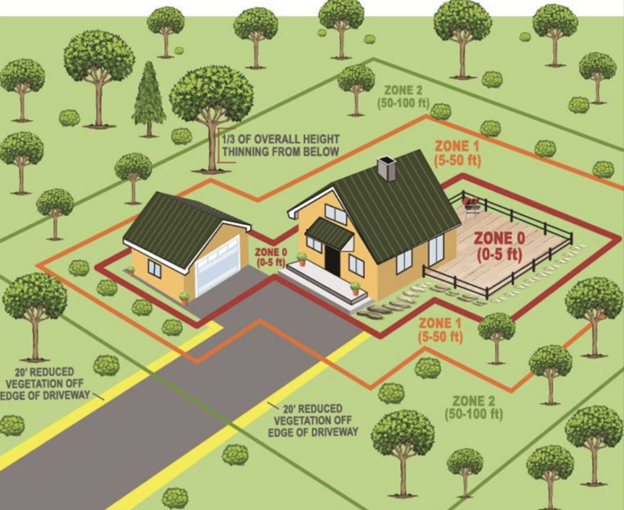
HOME HARDENING
Home hardening is the process of modifying your home’s structure to make it more resistant to ignition from wildfire embers, radiant heat, and direct flames.

To see the effects of various construction types during a simulated wildfire environment, you can view the video demonstration below:
What you can do:
- Replace eave and gable vents with screens equipped with ember-resistant, 1/8” or finer metal mesh
- Enclose eaves using non-combustible material such as stucco or cement board
- Utilize a non-combustible material for rain gutters, equipped with debris cover or screen
- Replace roof with Class A roof assembly
- Utilize non-combustible material for siding
- Replace windows with multi-paned, tempered glass
- Utilize non-combustible material for decking with fire-resistant skirting
- Ensure any fencing within 5’ of home is constructed with non-combustible material
For a “Low-Cost” retrofit list, use the link below:
https://readyforwildfire.org/wp-content/uploads/2025/04/Low-Cost-Retrofit-Flyer-Handout-.pdf
For a customized, Wildfire Readiness self-assessment, use the link below:
You can work together with your neighbors to establish a Firewise community to better protect all the homes in your particular area, and improve fire safety for your neighborhood as a whole. The National Fire Protection Association (NFPA) has created Firewise USA as a nationally recognized program to provide the framework to help neighbors in a geographic area organize, find direction, and take action to increase the ignition resistance of their homes and communities.
How it works:
- Choose a contiguous geographic area, such as a street or neighborhood (8 homes min.)
- Create a committee to represent your community with a designated resident leader
- Collaborate with local fire authorities to complete a wildfire risk assessment
- Establish a 3-year plan to identify and prioritize actions to take each year
- Complete the risk-reduction efforts identified in your plan
- Report on your activities through the online portal to receive official recognition
While the primary goal of organizing a Firewise community is the preservation of homes and neighborhoods during wildfire event, some insurance companies may offer discounted premium rates for participation in such programs. Contact your local agent to see if you qualify.
More information on Firewise USA can be found here:
https://www.nfpa.org/education-and-research/wildfire/firewise-usa/become-a-firewise-usa-site

SCREEN FOR ASH AND FLOATING EMBERS (S.A.F.E.)
Protecting the attic space from firebrands is an essential part of improving your home’s resilience during a wildfire event. The high winds that often accompany a wildland fire push embers through the air ahead of main body of fire. If these firebrands find their way into the attic space through the older style vents, they can ignite flammable material inside and have devastating results. In the chaos of large-scale wildland fire, an interior attic fire may go undetected until the fire has already compromised the home beyond the ability to save it.
See the evidence on firebrands and screens from a test conducted by the Insurance Institute for Business and Home Safety (IBHS):
The Bonita-Sunnyside Fire Protection district would like to offer residents living within the identified Fire Hazard Severity Zone an opportunity to better protect their homes by replacing their existing eave and gable vents with protective screens, designed to stop the intrusion of embers into the attic space. The district will provide, at no cost to the resident, materials including the metal mesh screen and tin snips, so that the homeowner may fortify their home against firebrands.
It is important to understand that while improving the home’s resistance to embers by the addition of protective mesh, this will affect ventilation of the attic space. For those homes located in a Fire Hazard Severity Zone, we maintain that the benefits outweigh the drawbacks. To see if you live in an identified Fire Hazard Severity Zone, click here:
https://experience.arcgis.com/experience/5065c998b4b0462f9ec3c6c226c610a9
To apply for the program, please call 619-479-2346, or visit the administration office of the fire station at:
4900 Bonita Road
Bonita, CA 91902
Monday-Thursday, 8:00 AM – 4:30 PM

